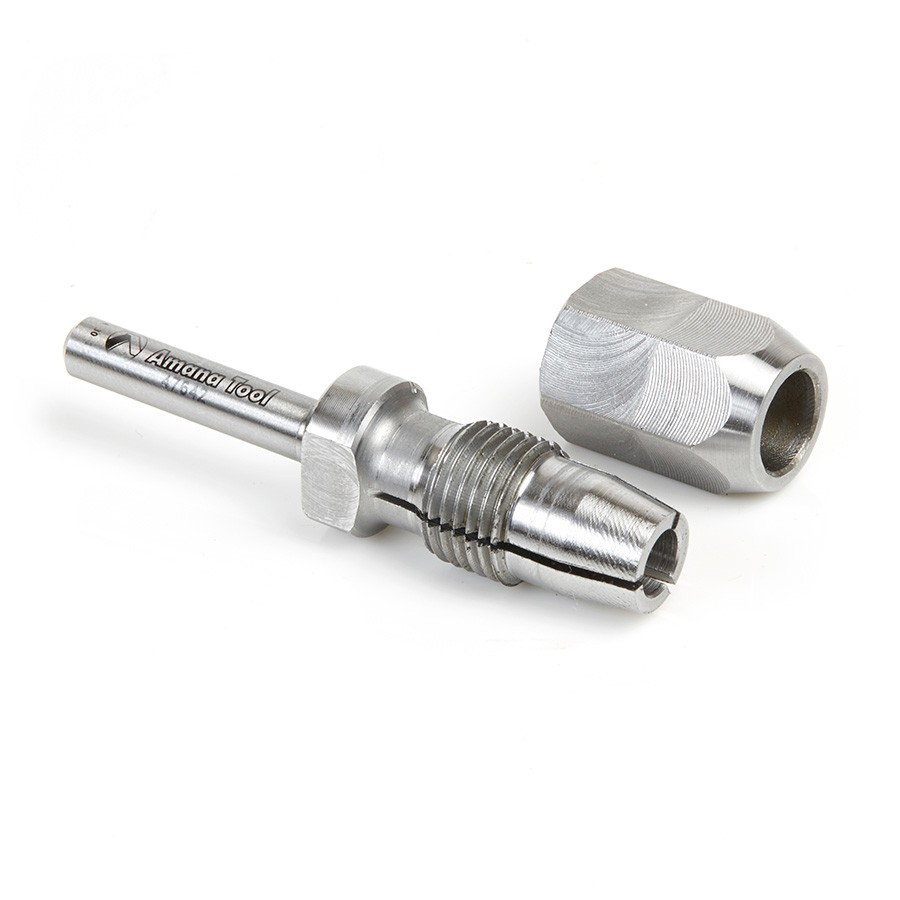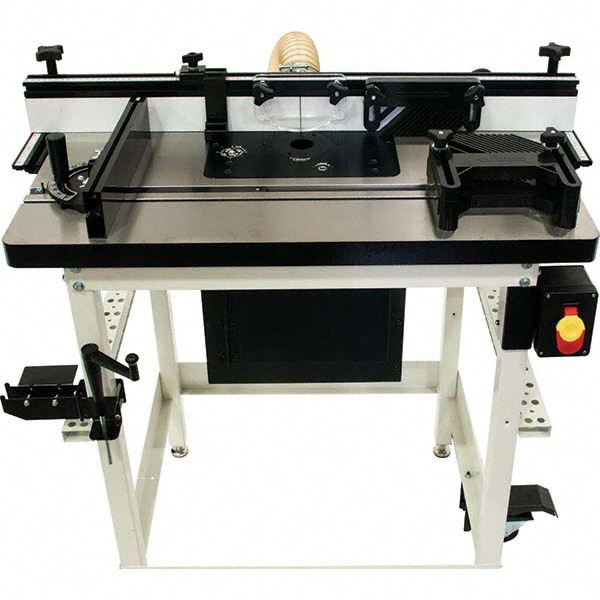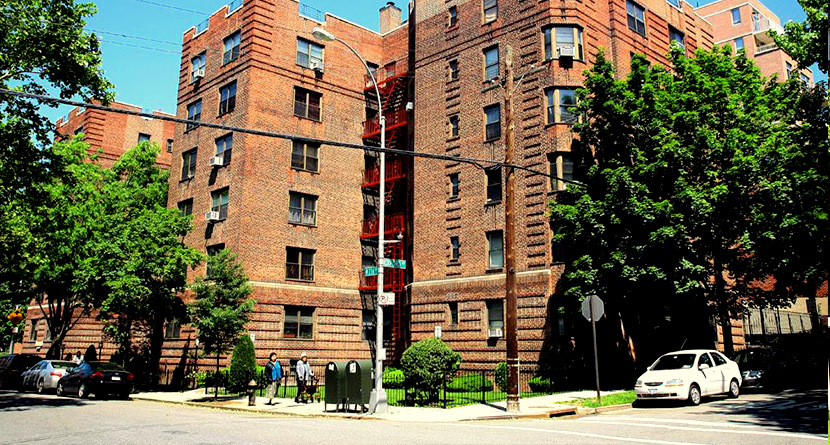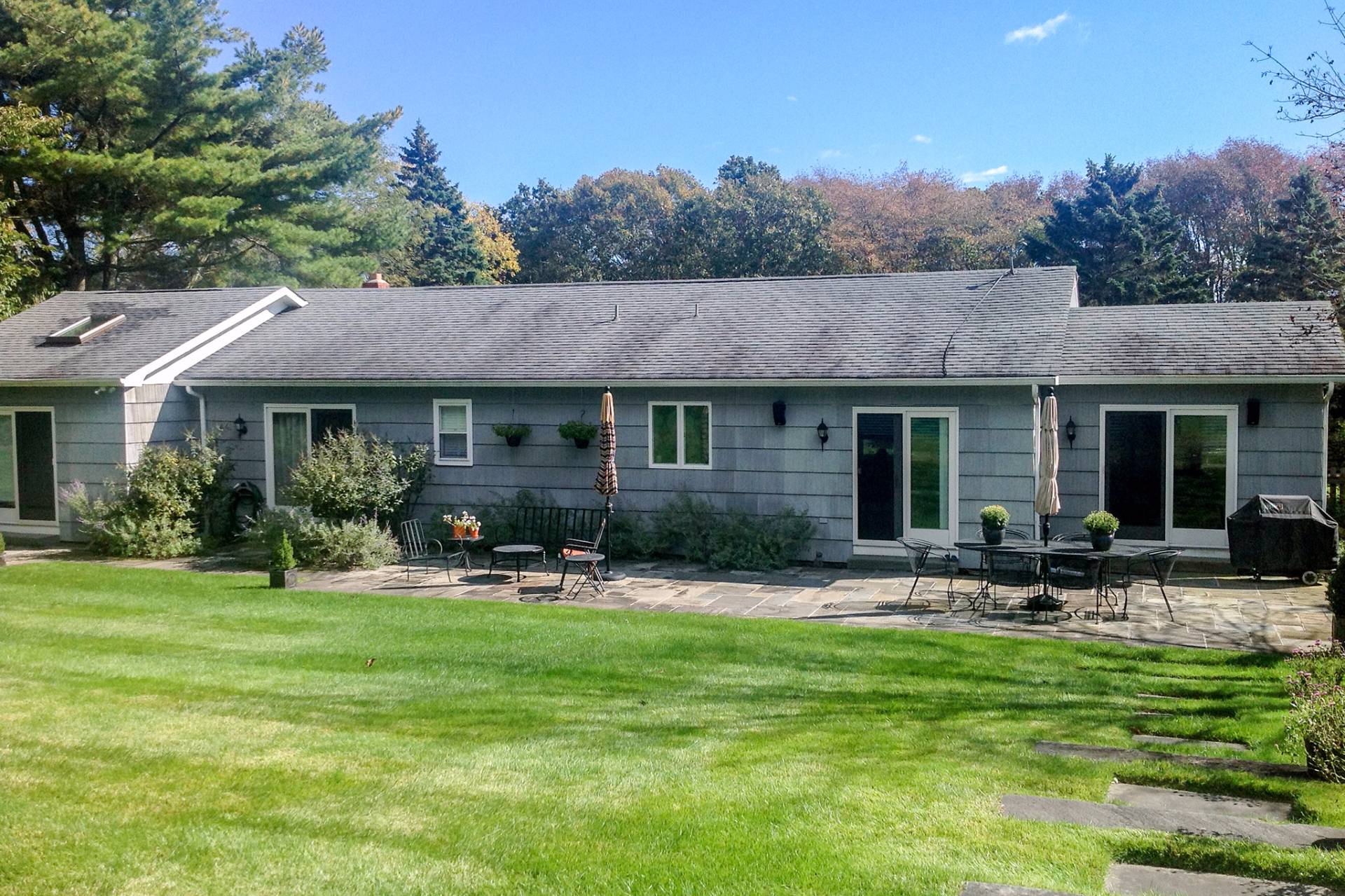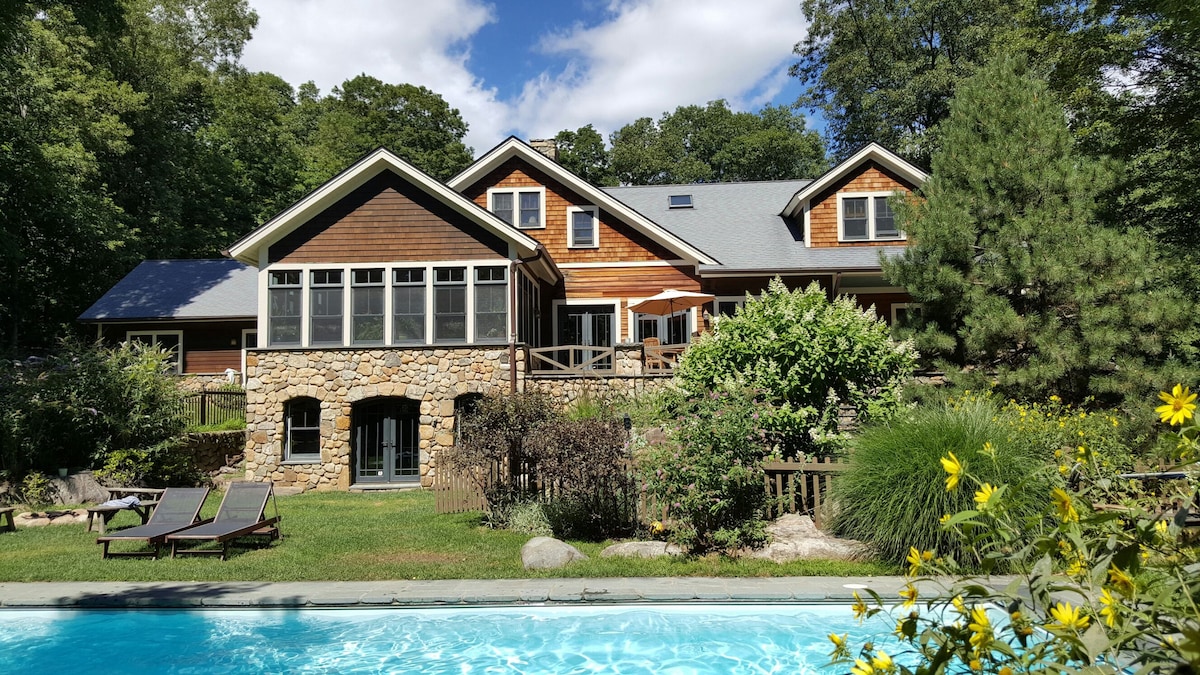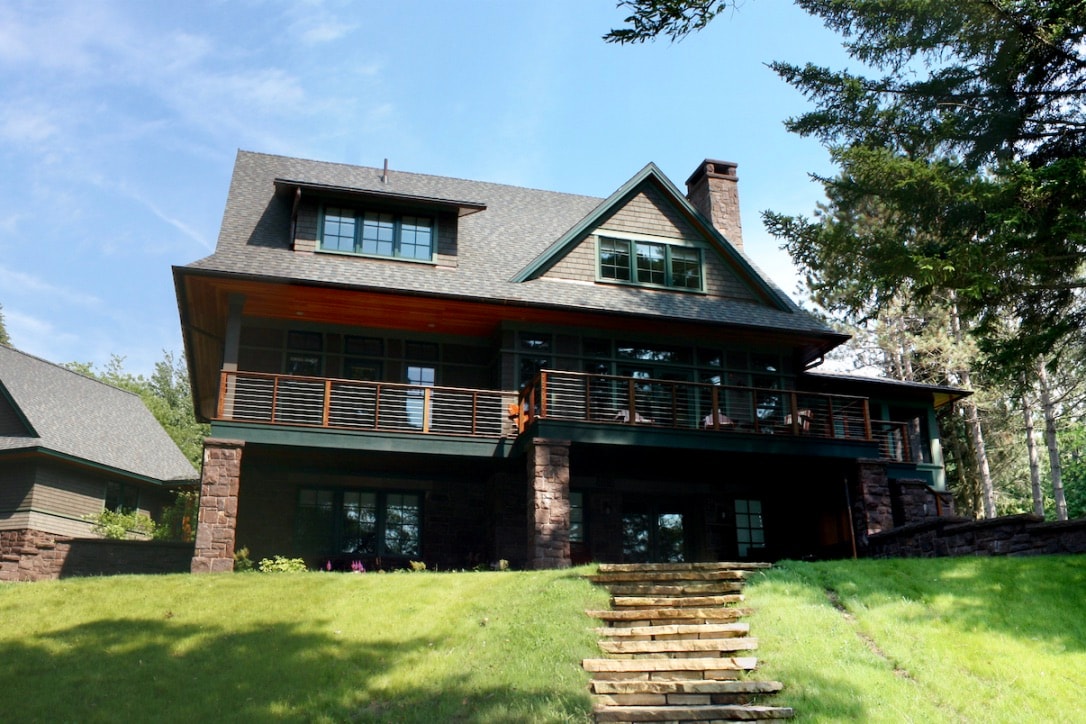Table of Content
In Florida, lands are divided by the planning department who decides the use. They create spaces for different objectives, residential, commercial, and agricultural. Each zone will be further subdivided into subdivisions from R-1 to R-5.
Plus, there are a plethora of customization options that you can go for. It further adds to the style and quality that you can get here, and the benefits are always very impressive. Of course it does take a bit of a trial and error to narrow down everything and create the home plan, but the benefits can be amazing. It will certainly take a lot of time and trial and error to ensure everything is working as expected. Of course there are challenges that can appear, but when you do so, you will be more than happy with the benefits and quality.
Step five: Prepare and Flatten the Land
Once the foundation is set, pour concrete and ensure everything is set exactly the way you want. That’s why hiring a home builder is crucial here, because this is not just something you can do on your own. Now that you know how many containers are needed, you must purchase them. The reality is that you need to purchase way more construction items and consumables than you need. This is because you will end up with various parts that can’t be reused. And yes, most of them might even sell and deliver containers to you.
Tennessee, etc, are states that allow shipping container homes in the United States. Covenant Development is another company that designs and builds, general contracting, general contractors, and new contractors. They also deal in Intermodel Steel Building Unit, meaning you can contact them for your shipping container home. Trying to cure our addiction for shipping containers, but it’s a work in progress. The NSW Land and Environment Court has confirmed that a shipping container is a ‘building’ which in cases, requires a development approval and a construction certificate. A standard 40-foot shipping container, with dimensions 40′ x 8′ x 8.5′, costs anywhere from $2,600 to $3,300.
Are Shipping Container Homes Legal in North Carolina?
Working with a professional building team is important since they can help do these things for you. Zoning laws are important because you will have a much better understanding of the process and what restrictions you can deal with if any. Generally, container homes in Florida are guided by the Manufactured Home Construction and Safety Standards, also known as HUD.

Some areas will require your home to be built to specific codes. In areas near the coast, shipping container homes might not be able to be built to regulations. You should always use a builder or contractor that has experience in Florida and with shipping container homes in order to get the best results. If you try to order a home from out of state, you might run afoul of Florida’s strict building regulations. Local builders will be much more familiar with the codes than out-of-state builders.
Are Shipping Container Homes Legal in Minnesota?
Most of them also sell and deliver shipping containers as well. Therefore, meeting these builders is like taking away half of the stress for you. Sometimes, shipping container home builders can take up the stress for you. Smaller, more basic container homes can range between $10,000 to $35,000.

Some building codes stipulate the precise manner the house will be built. Before getting a permit, it must be proven that all the building codes and other laws have been met. For more information about how to get a building permit, you can read an article where we explained the process of getting a permit to build a shipping container home in Florida. Note that the permit can take several months before it can be finalized. This is the third stage of building a shipping container home in Florida. Once you are certain that the land where the container will be built is secured, the next is to meet an architect to draw a container home building plan for you.
Great Shipping Container Homes Available in Florida
After the container has cured, the next step is to start moving the containers to the foundation. The mount to hire this crane may differ from one municipality to the other. COVID-19 has increased the demand for single-family housing.

Permit requirements also differ and they are always updated every two years. The truth remains that, shipping container homes are here and as such, people will one day wake up and decide to build shipping container homes for themselves. It will help you create the right building plan, acquire the permits from Florida local authorities, and then you can get started with your work. There are some additional costs that come with getting these permits, but in the end it’s important to acquire them.
For example, building a v home is restricted in R15, R7 and R5. So you can’t really build a shipping container home anywhere, which is something to keep in mind here. If you can’t figure out which route you need to go, hire a contractor who specializes in container homes. You can then be guided in carrying out a comprehensive cost analysis so you can make an informed decision. Ultimately, with the exception of the three zones mentioned above, you can put up a container home in any other zone in Florida.

Before you buy any of the containers needed for this process, you will need a piece of land where you can place the container home. The reality is that you can buy any piece of land, as long as the location itself doesn’t have anything against container homes. Before being granted a permit, one is required to meet guidelines regarding public safety. By following these guidelines, the homeowner shows that his shipping container home is not a danger to himself and society. Therefore, a shipping container home with a permit attached is obviously a safe haven for the occupants and people around. This is where you start building the house such as making construction for the plumbing and connecting them.





